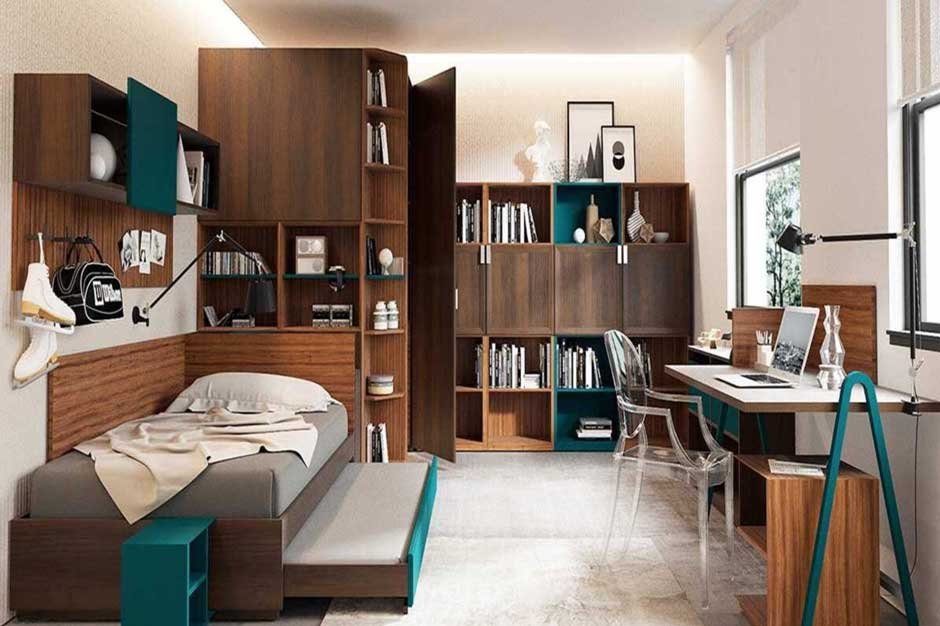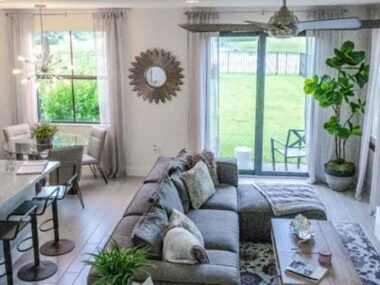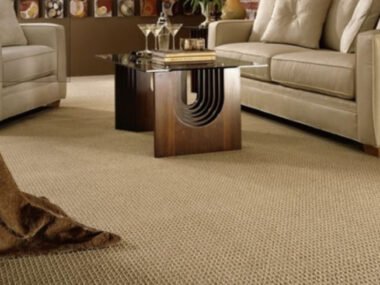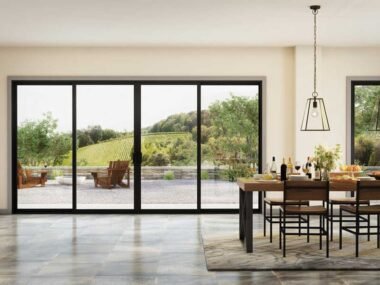We’ve all been there—standing in a furniture showroom, eyeing that almost-perfect sofa that would be absolutely ideal if only the color was different, or it was two inches narrower, or the arms were a slightly different style. It’s that moment when you start wondering: should I just bite the bullet and go custom? Or is the convenience and cost-effectiveness of ready-made furniture the more practical choice?
The Real Cost Equation
Let’s talk about money first, because that’s usually what drives this decision for most of us. Ready-made furniture is almost always less expensive upfront—that’s just simple economics of scale. Mass production drives down costs in ways that custom craftsmanship simply can’t match.
But here’s where it gets interesting: the true cost equation isn’t just about the price tag hanging on the showroom floor. It’s about longevity, versatility, and how perfectly that piece meets your specific needs.
I learned this lesson the hard way after buying three different dining tables over the course of five years—each one almost right, but ultimately flawed for my space. The total spent? Far more than if I’d invested in a custom piece designed specifically for my oddly shaped dining area from the start.
The value proposition of custom furniture lies in its precision fit—both to your space and to your lifestyle. A perfectly sized sectional that maximizes seating while still allowing proper flow through a living room can actually save you money compared to buying and replacing ill-fitting pieces multiple times.
Timeline Realities
If there’s one area where ready-made furniture categorically wins, it’s immediacy. Need a bed frame this weekend? Ready-made is your only option. Many retailers now offer same-day delivery or pickup for in-stock items, and even special orders typically arrive in weeks rather than months.
Custom furniture, by contrast, requires patience. Depending on complexity, materials, and the craftsperson’s schedule, custom pieces typically take anywhere from 8-16 weeks from design approval to delivery. And during busy periods or when working with in-demand artisans, that timeline can stretch even longer.
What often surprises people is how this timeline affects their overall satisfaction with the purchase. There’s something psychologically significant about the anticipation period with custom furniture—it creates an emotional investment in the piece before it even arrives. You’ve thought about it, planned for it, imagined it in your space. By the time it’s delivered, it already feels like a meaningful part of your home rather than just another piece of furniture.
Quality Considerations
Ready-made furniture spans an enormous quality spectrum. At the lower end, you’ll find pieces that might look nice initially but begin to show wear within months. At the higher end, some production furniture rivals custom work in materials and craftsmanship.
OPPEIN, for example, has developed production processes that maintain exceptional quality standards while achieving the economies of scale that keep prices reasonable. Their manufacturing techniques bridge the gap between mass production and custom quality in ways that were unimaginable even a decade ago.
The quality equation for custom furniture is similarly varied. A custom piece isn’t automatically superior simply because it’s custom. The skill of the craftsperson, the quality of materials used, and the soundness of the design all factor into the final result.
When evaluating quality, consider:
- Joinery methods (dovetail and mortise-and-tenon joints typically indicate quality construction)
- Material thickness (particularly for load-bearing elements)
- Finish durability (how will it hold up to your specific use patterns?)
- Weight (good furniture often has substantial heft)
The Sustainability Angle
Here’s something we don’t talk about enough when comparing custom and ready-made options: environmental impact. And it’s not a straightforward calculation.
Ready-made furniture benefits from efficient production processes that can minimize waste. The best manufacturers have developed systems to utilize nearly every scrap of material. Chinese furniture manufacturers have been particularly innovative in this area, developing techniques that maximize material usage while maintaining quality.
But there’s a flip side—mass-produced furniture often travels thousands of miles from factory to showroom to home, creating a substantial carbon footprint. And inexpensive, poorly made pieces that quickly find their way to landfills represent a significant environmental burden.
Custom furniture typically travels shorter distances (if you’re working with local craftspeople), and its durability means it’s less likely to be discarded. Plus, local artisans often have direct relationships with sustainable material sources.
Come to think of it, there’s also the emotional sustainability to consider. We’re much less likely to discard pieces we’ve had made specifically for us, that tell our story and reflect our personal aesthetic. There’s a psychological attachment that promotes longer use and even generational passing-down of custom pieces.
Design Expression
Ready-made furniture, even at its most distinctive, represents a design created to appeal to many people. It’s the nature of the business model—manufacturers need to sell enough units to justify production costs.
Custom furniture, by contrast, can be an authentic expression of your personal style, practical needs, and the specific character of your space. It can reflect the architectural details of your home, complement existing pieces, or stand as a unique artistic statement.
And it’s not all-or-nothing. Many people create beautifully personalized homes by mixing ready-made foundational pieces with custom statement items. A standard sofa paired with custom side chairs, for instance, or production case goods alongside a custom dining table.
The Decision Framework
So how do you decide which approach is right for your situation? Ask yourself:
Timeline Sensitivity
- Do you need the piece immediately, or can you wait 2-4 months?
- Is this a stopgap solution or a long-term investment?
Budget Reality
- Is your budget flexible enough to accommodate custom work?
- Are you willing to save longer to get exactly what you want?
Space Considerations
- Is your space standard in dimensions, or would you benefit from custom sizing?
- Do you have unusual architectural features that custom pieces could highlight or work around?
Personal Value System
- How important is uniqueness and personal expression in your home?
- Do you value artisanal craftsmanship and direct relationships with makers?
Finding Middle Ground
But don’t think this is a binary choice. Many furniture options exist in the space between fully custom and completely ready-made:
- Semi-custom pieces (standard designs with customizable elements)
- Made-to-order (standard designs produced only after purchase)
- Customizable ready-made (pieces designed to be easily modified)
- Mix-and-match modular systems
These middle-ground options often represent the sweet spot for many homeowners—more personalized than showroom standards but more affordable than fully bespoke pieces.
The Final Calculation
The decision between custom and ready-made ultimately comes down to your priorities. If immediate gratification, lower upfront costs, and simplicity of process top your list, ready-made is likely your answer. If longevity, perfect fit (both physically and aesthetically), and unique expression matter most, custom may be worth the wait and investment.
But whatever you choose, remember this: the best furnishings are those that truly serve your lifestyle, express your aesthetic sensibilities, and create the backdrop for a life well-lived. And isn’t that what good interior design is really about?










